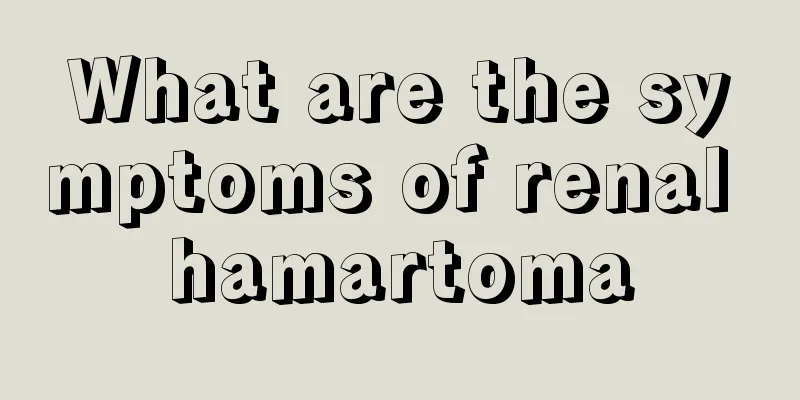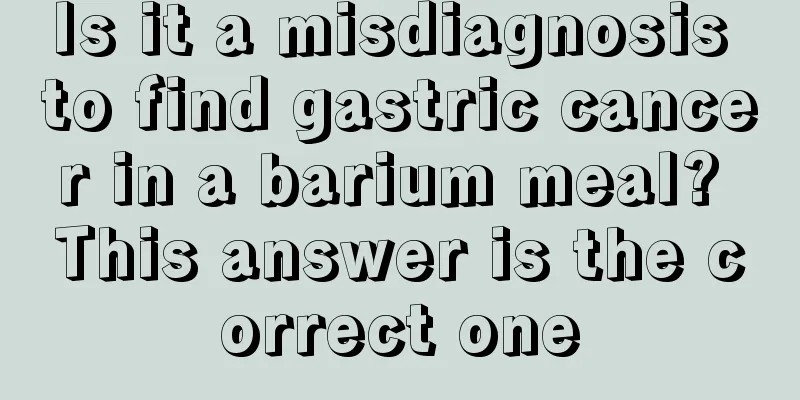What are the symptoms of renal hamartoma

|
Renal hamartoma is a common benign tumor of the kidney. Its typical symptoms include lumbar pain, hematuria and palpable masses in the abdomen, but most patients may not feel any obvious discomfort in the early stages. If the above symptoms occur or the tumor is large, you should seek medical attention for further examination in time to prevent complications. The symptoms of renal hamartoma vary depending on the size and location of the tumor. Small tumors with no obvious symptoms in the early stages are often discovered accidentally through physical examinations or imaging studies, while larger tumors may cause dull pain in the side of the waist, hematuria, or a feeling of a mass in the abdomen. In severe cases, tumor rupture may cause acute abdominal pain and severe bleeding, and such situations require emergency treatment. Some patients may also experience hypertension or local dysfunction due to compression of blood vessels or nerves by the tumor. Confirmation is usually confirmed by B-ultrasound, CT, or MRI, and differential diagnosis requires exclusion of other kidney diseases or malignancies. The symptoms of renal hamartoma vary depending on the size and location of the tumor. Small tumors with no obvious symptoms in the early stages are often discovered accidentally through physical examinations or imaging studies, while larger tumors may cause dull pain in the side of the waist, hematuria, or a feeling of a mass in the abdomen. In severe cases, tumor rupture may cause acute abdominal pain and severe bleeding, and such situations require emergency treatment. Some patients may also experience hypertension or local dysfunction due to compression of blood vessels or nerves by the tumor. Confirmation is usually confirmed by B-ultrasound, CT, or MRI, and differential diagnosis requires exclusion of other kidney diseases or malignancies. For the treatment of renal hamartoma, regular follow-up or active treatment is recommended. For tumors with a diameter less than 4 cm and no symptoms, regular B-ultrasound or CT follow-up is generally chosen; if the tumor is larger than 4 cm, symptoms appear or it grows rapidly, interventional treatments such as tumor embolization and minimally invasive surgery such as partial nephrectomy or radiofrequency ablation can be considered. Maintain good living habits, avoid trauma and strenuous activities, reduce high-salt and high-fat intake in the diet, and check regularly to ensure stable health. If abnormalities are found or symptoms worsen, go to the hospital immediately. |
<<: What is the cause of renal hamartoma
>>: Is laryngeal cancer growing on the vocal cords serious?
Recommend
There is a lump on my chest and it hurts a bit when I press it
The chest is the place closest to the heart. If t...
What should high school students do if they have acne on their faces
There is an old saying that goes, "A clean f...
What are the symptoms before death from advanced esophageal cancer?
Symptoms before death from esophageal cancer. In ...
What are some tips for treating lip blisters and ulcers
Many people often experience symptoms of lip blis...
A little soreness on the buttocks
There is often a little soreness in the buttocks....
Why does my hand hurt when I use electrolytes
Electrolytes are important components of cells in...
What to do if you have an ear infection?
Many people often fail to clean out the water in ...
Which stomach diseases are likely to develop into stomach cancer
Don’t take stomach problems lightly anymore. Data...
What meridians are there on the buttocks
Many meridians on the buttocks lead to the whole ...
Why does stomach pain occur after cervical cancer surgery
Abdominal pain after cervical cancer surgery may ...
Should I see a Chinese doctor or a Western doctor for hyperthyroidism
Hyperthyroidism is a phenomenon of abnormal secre...
What should you pay attention to when you have fatty liver? There are some things you should pay attention to in your daily diet
Many obese people have fatty liver, so patients w...
Text messages about beauty and health in autumn
Autumn is the season for health preservation, and...
How many types of surgical sutures are there?
During a surgical operation, the wound needs to b...
The benefits of beauty lens line
Makeup is known as one of the four great magic ar...









